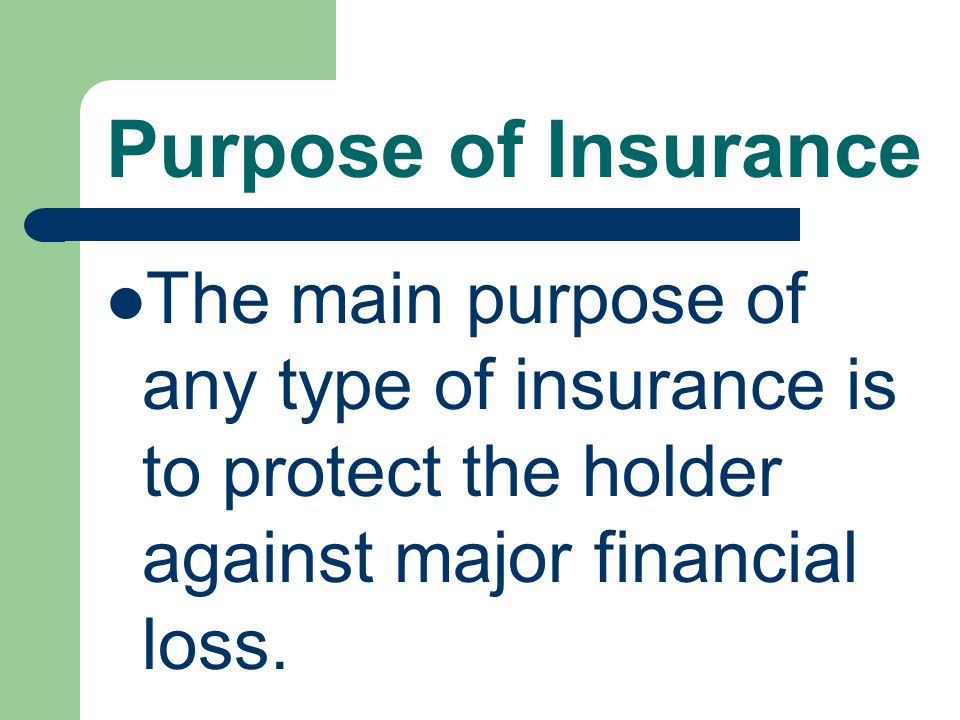What Does Pacific Prime Do?
Wiki Article
Some Known Questions About Pacific Prime.
Table of ContentsPacific Prime Fundamentals ExplainedThe 2-Minute Rule for Pacific PrimePacific Prime for DummiesThe Pacific Prime StatementsGetting My Pacific Prime To Work

This is since the information were gathered for a period of strong economic efficiency. Of the approximated 42 million people who were without insurance, all however concerning 420,000 (about 1 percent) were under 65 years old, the age at which most Americans come to be qualified for Medicare; 32 million were grownups between ages 18 and 65, about 19 percent of all grownups in this age; and 10 million were youngsters under 18 years old, concerning 13.9 percent of all children (Mills, 2000).
These estimates of the variety of individuals uninsured are produced from the yearly March Supplement to the Current Populace Survey (CPS), performed by the Demographics Bureau. Unless otherwise noted, nationwide estimates of individuals without health insurance policy and proportions of the population with different type of protection are based upon the CPS, the most commonly made use of source of quotes of insurance policy coverage and uninsurance prices.
The Definitive Guide to Pacific Prime

Still, the CPS is particularly beneficial due to the fact that it generates annual quotes reasonably swiftly, reporting the previous year's insurance coverage approximates each September, and due to the fact that it is the basis for a constant collection of estimates for greater than 20 years, allowing for analysis of trends in protection gradually. For these factors, along with the substantial use the CPS in various other research studies of insurance policy protection that are offered in this report, we count on CPS quotes, with constraints noted.

The estimate of the number of uninsured individuals increases when a population's insurance coverage status is tracked for a number of years. Over a three-year duration starting early in 1993, 72 million individuals, 29 percent of the united state population, were without insurance coverage for a minimum of one month. Within a solitary year (1994 ), 53 million people experienced a minimum of a month without coverage (Bennefield, 1998a)
Six out of every 10 without insurance adults are themselves utilized. Although working does improve the chance that a person and one's relative will have insurance, it is not a guarantee. Also participants of family members with 2 full-time wage income earners have nearly a one-in-ten chance of being without insurance (9.1 percent without insurance rate) (Hoffman and Pohl, 2000).
7 Easy Facts About Pacific Prime Explained
New immigrants represent a considerable percentage of individuals without medical insurance. One evaluation has actually associated a significant portion of the current growth in the size of the united state uninsured populace to immigrants who arrived in the country in between 1994 and 1998 (Camarota and Edwards, 2000). Current immigrants (those who concerned the United States within the past four years) do have a high price of being uninsured (46 percent), however they and their youngsters represent simply 6 percent of those without insurance policy nationally (Holahan et al., 2001).The connection between medical insurance and accessibility to care is well developed, as recorded later on in this phase. Although the partnership in between medical insurance and wellness end results is neither straight nor simple, a substantial clinical and wellness services research study literature links wellness insurance protection to better access to care, much better top quality, and improved individual and population health standing.
Levels of analysis for examining the effects of uninsurance. This discussion of wellness insurance policy protection concentrates mostly on the U.S. population under age 65 due to the fact that virtually all Americans 65 and older have Medicare or other public protection. Furthermore, it concentrates specifically on those without any kind of wellness insurance policy for any type of size of time.
The 7-Second Trick For Pacific Prime
The issues faced by the underinsured are in some aspects similar to those encountered by the without insurance, although they are typically less severe. international health insurance. Uninsurance and underinsurance, however, entail definitely different plan problems, and the approaches for resolving them may vary. Throughout this research and the 5 records to adhere my company to, the primary emphasis is on individuals without any medical insurance and hence no help in spending for health care past what is available via charity and security net establishments
Health and wellness insurance coverage is an effective variable influencing receipt of treatment because both people and physicians react to the out-of-pocket price of solutions - https://www.tumblr.com/pacificpr1me/746587211067195392/we-are-an-award-winning-insurance-intermediary-of?source=share. Wellness insurance coverage, however, is neither needed nor enough to get to clinical services. The independent and straight effect of wellness insurance protection on access to wellness solutions is well established.
Others will get the wellness care they need even without medical insurance, by paying for it out of pocket or seeking it from carriers who provide treatment totally free or at highly subsidized rates. For still others, wellness insurance alone does not make sure invoice of care due to various other nonfinancial barriers, such as a lack of health care companies in their area, minimal access to transport, illiteracy, or etymological and cultural distinctions.
More About Pacific Prime
Formal study concerning uninsured populaces in the USA dates to the late 1920s and very early 1930s when the Board on the Expense of Healthcare created a series of reports regarding financing medical professional office visits and hospital stays. This issue ended up being prominent as the numbers of medically indigent climbed up throughout the Great Depression.Report this wiki page